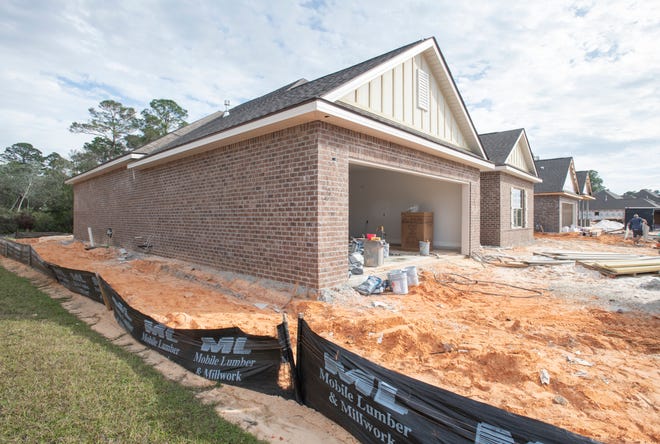Pensacola News Journal – February 26, 2020
After more than a year in the works, Santa Rosa County’s updated land development code is finally ready for public viewing and eventual approval by the Board of County Commissioners.
The code, which was completely rewritten as opposed to just edited, was made available to local lawmakers and online for the general public last week. The county’s planning and zoning director, Shawn Ward, officially presented the code to the board at its meeting Wednesday morning.
The rewritten code is the first major update since it was first adopted in 1991. The land development code dictates all aspects of what a person in the county can and can’t do with their land. It regulates zoning and density, what kind of shrubs you can plant in your yard and how you can advertise your business in a sign on the side of the road, among thousands of other things.
The updated code, which is nearly 500 pages long, was written with input from citizens, chambers of commerce, developers, environmental groups and others.
Some key changes in the updated code include:
1. Commercial developments are now required to put in sidewalks adjacent to the roadway. This comes after pedestrian deaths in front of businesses that had no sidewalks (and were not required to install any, per the land development code).
2. New developments are held to higher standards for erosion control, lot clearing and stormwater protection.
3. New developments, including commercial and residential, are required to have a 15-foot buffer from the wetlands. This is a change from no buffers required in the old land development code. The change comes after several subdivisions were cited for environmental concerns after their dirt and silt flowed out of construction areas and into protected wetlands.
4. Feather signs and banners will be allowed, and some sign permitting has been eliminated.
5. The Heart of Navarre overlay district has been eliminated. It was first created in 2006 with a vision for Navarre’s future as a “town center,” but after multiple variance requests and a lack of planned development in the area, it has been removed from the new code.
6. Protected heritage trees are now 36 inches and greater, as opposed to 60 inches and greater.
The county is planning a public workshop and a public meeting to address residents’ concerns on the new code before adopting it. The workshops will be held in March and April, and the BOCC will likely adopt the new code by May.
“This is undeniably one of the most important documents that we deal with as Board of County Commissioners,” said District 1 Commissioner Sam Parker. “A lot of folks don’t necessarily care what’s going on until you’re in their backyard or back pocket. We see zoning meetings that are honestly the most contentious meetings we have, and a lot of it centers around these codes, and folks getting variances and requests.”
The updated code comes at a time when the county is growing rapidly and development is occurring at a breakneck pace. The new code will guide decision making process for new subdivisions, commercial complexes and more.
Annie Blanks can be reached at ablanks@pnj.com or 850-435-8632.


Recent Comments